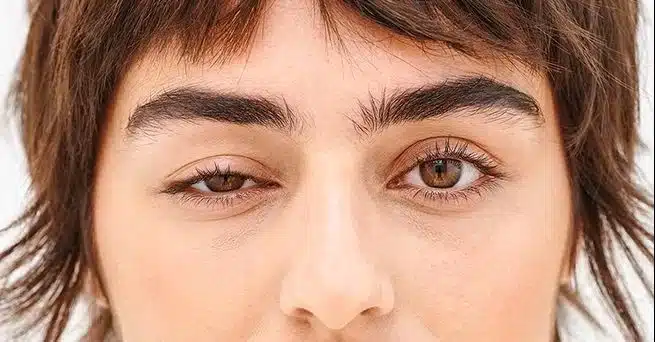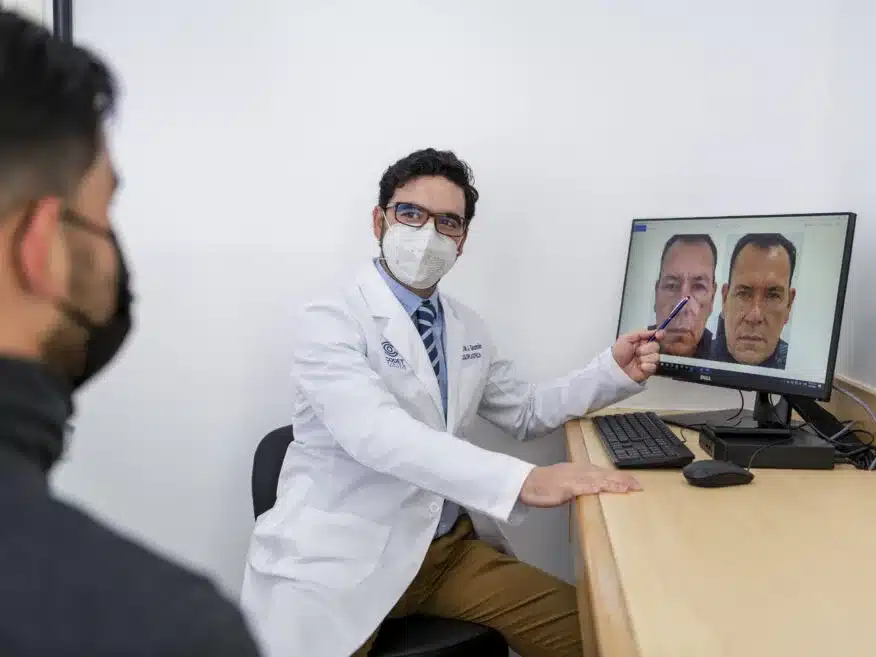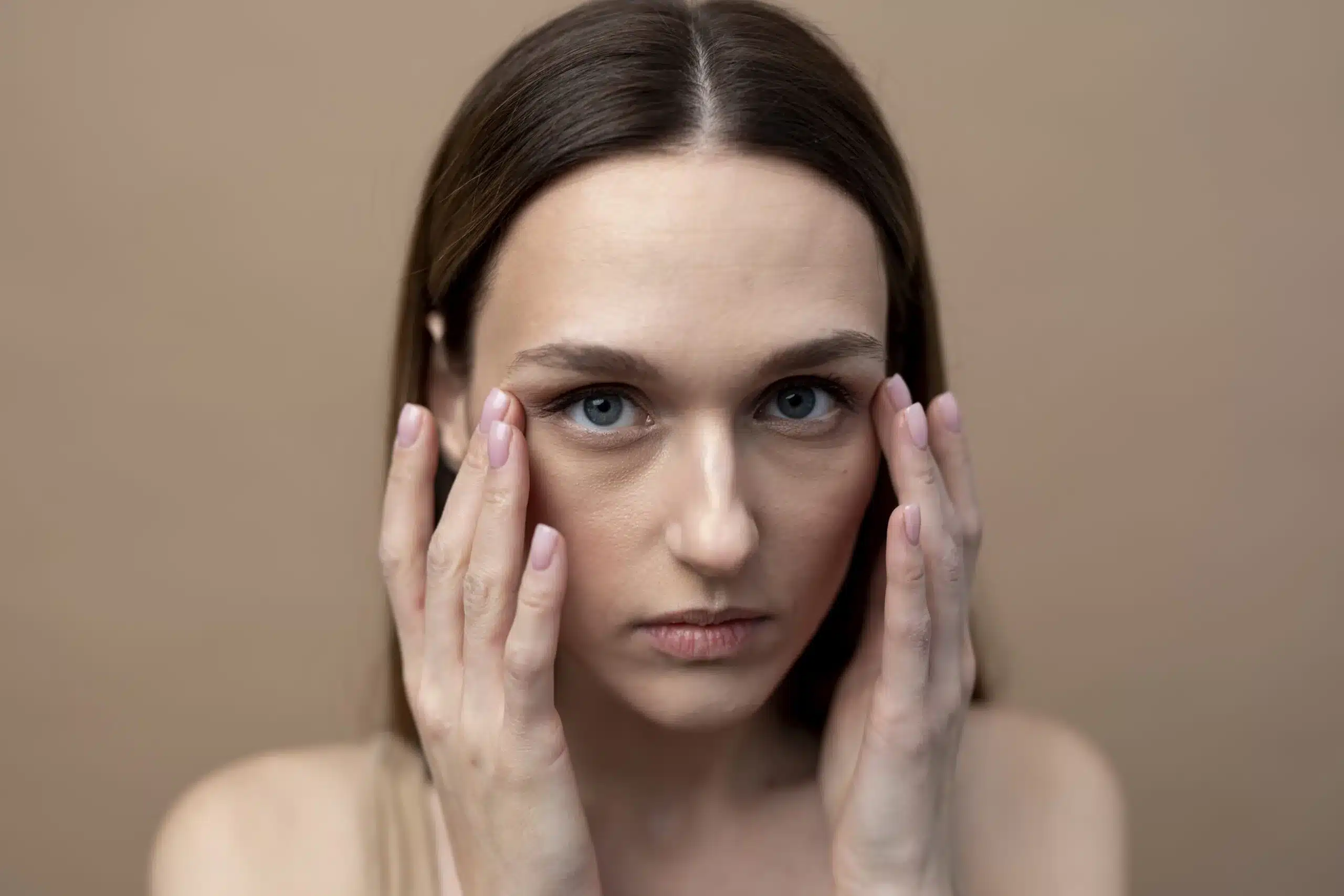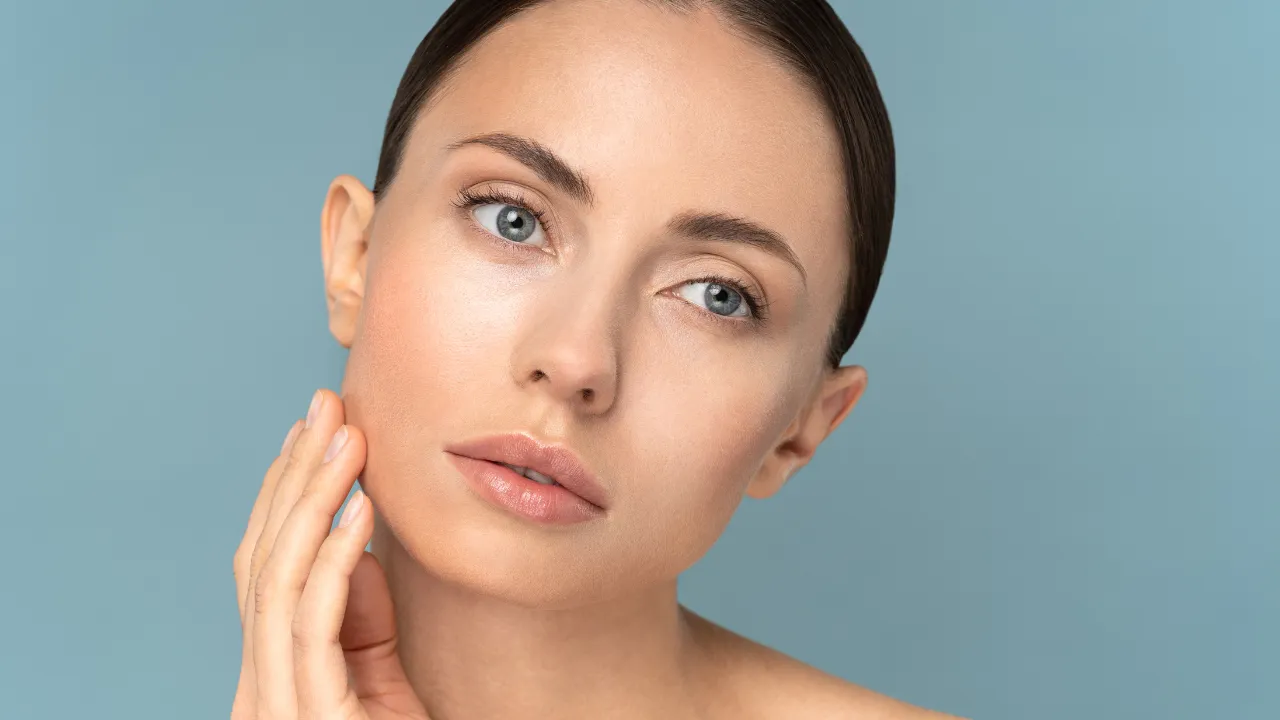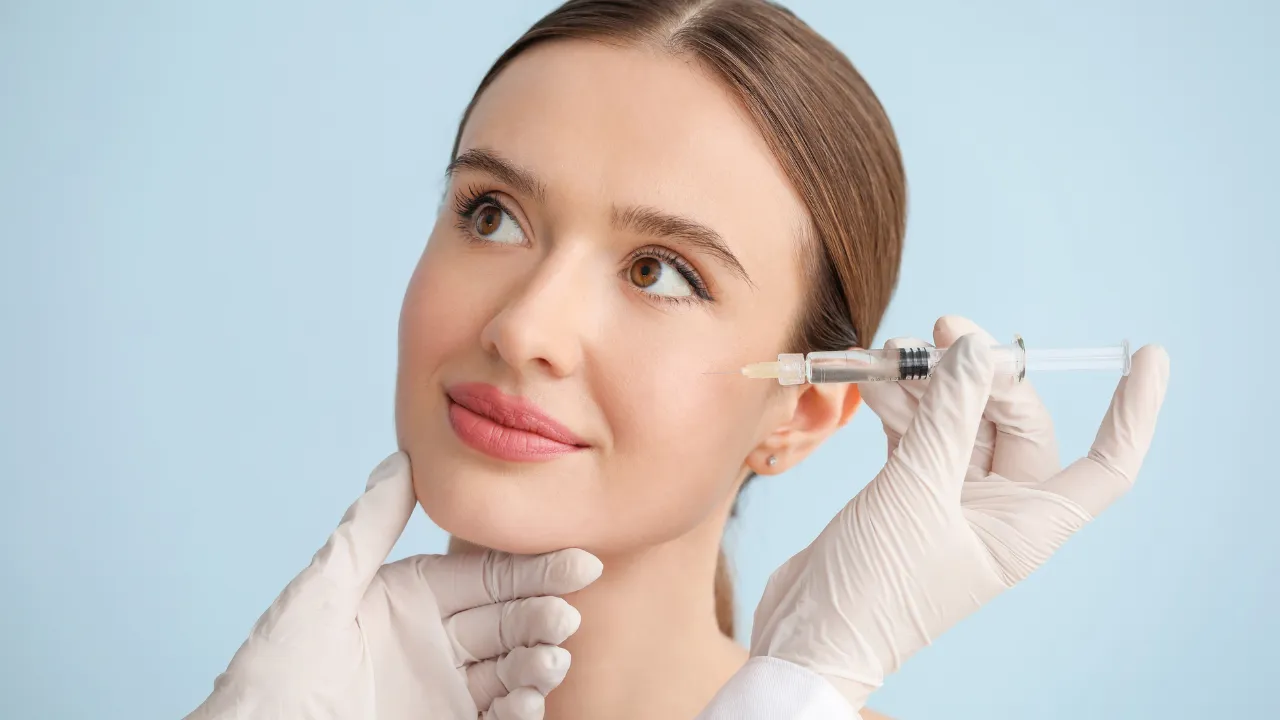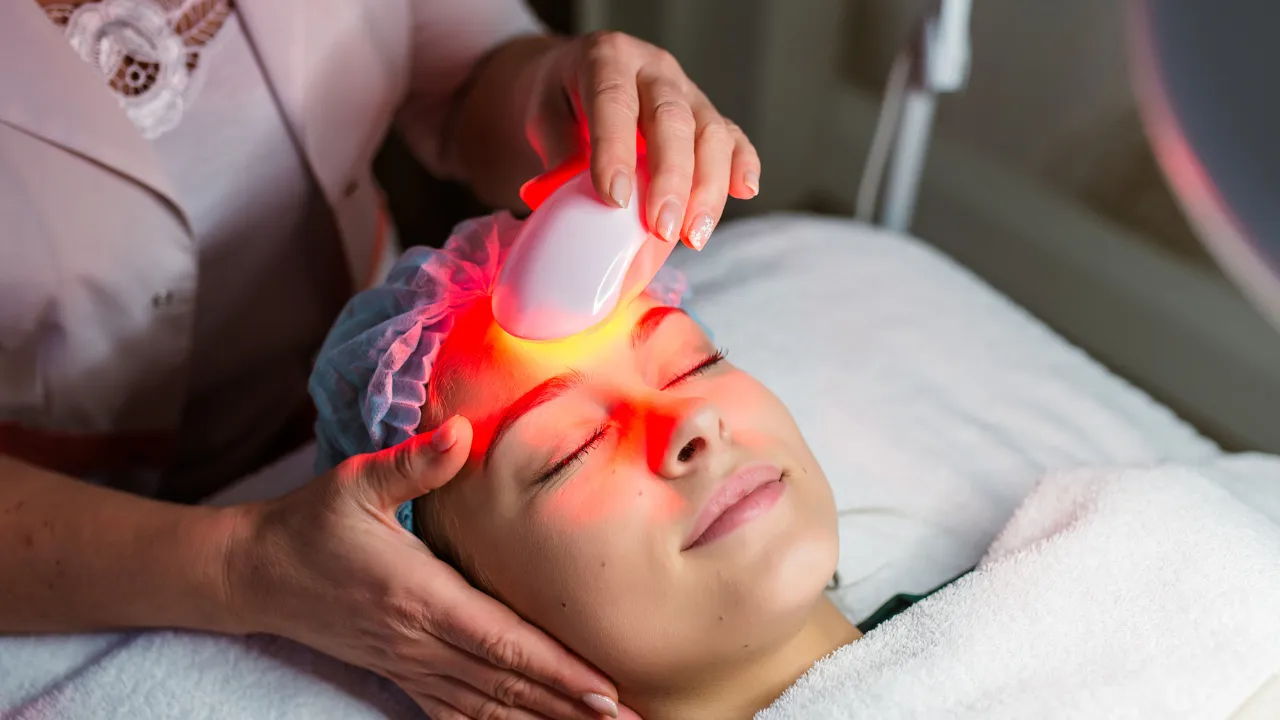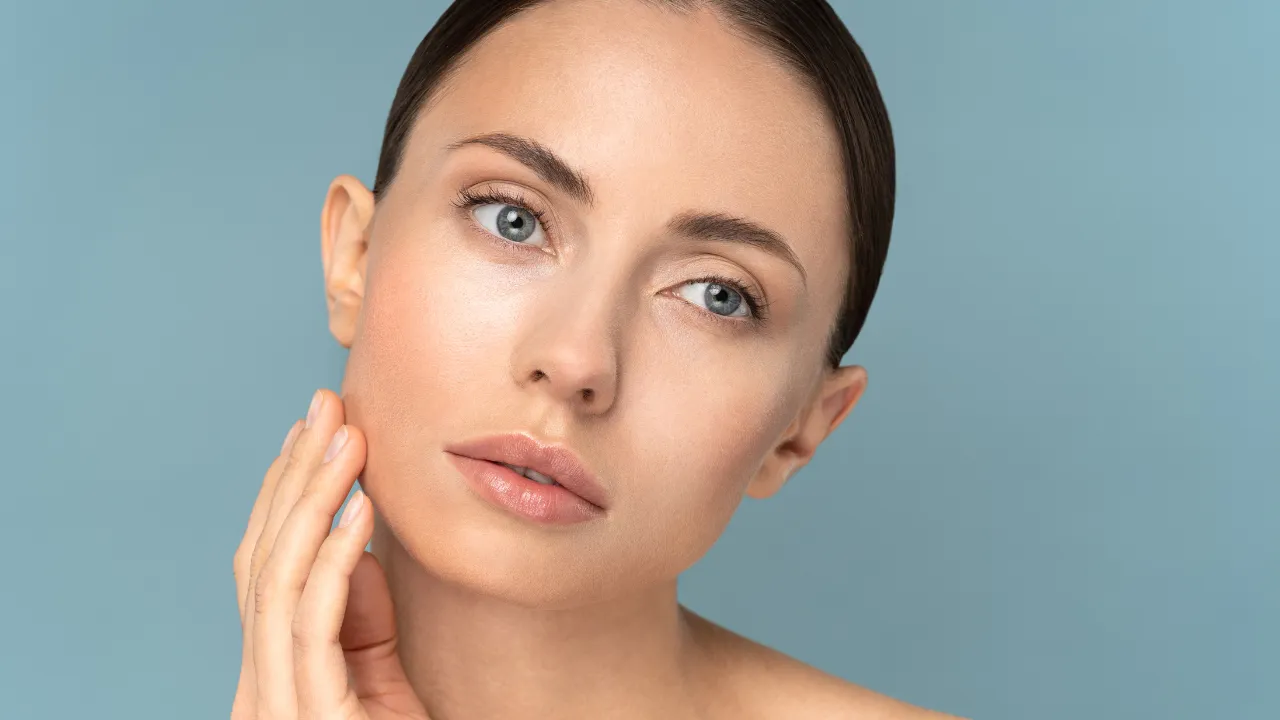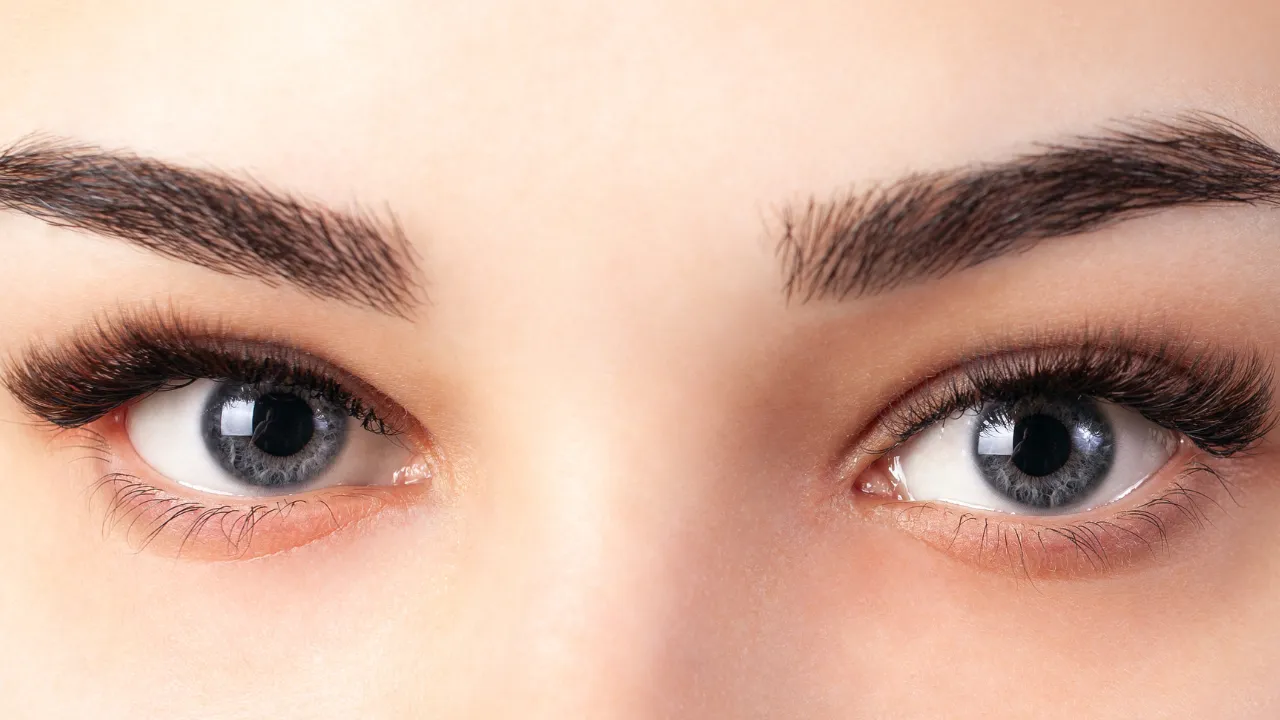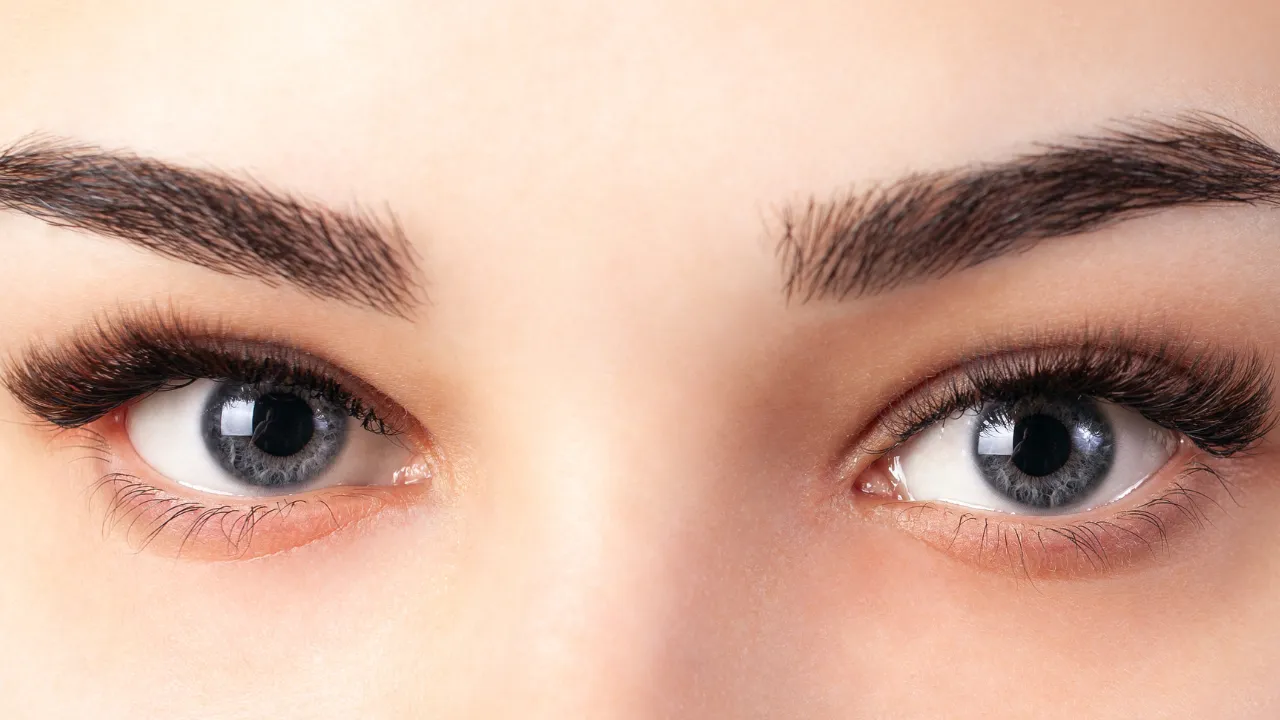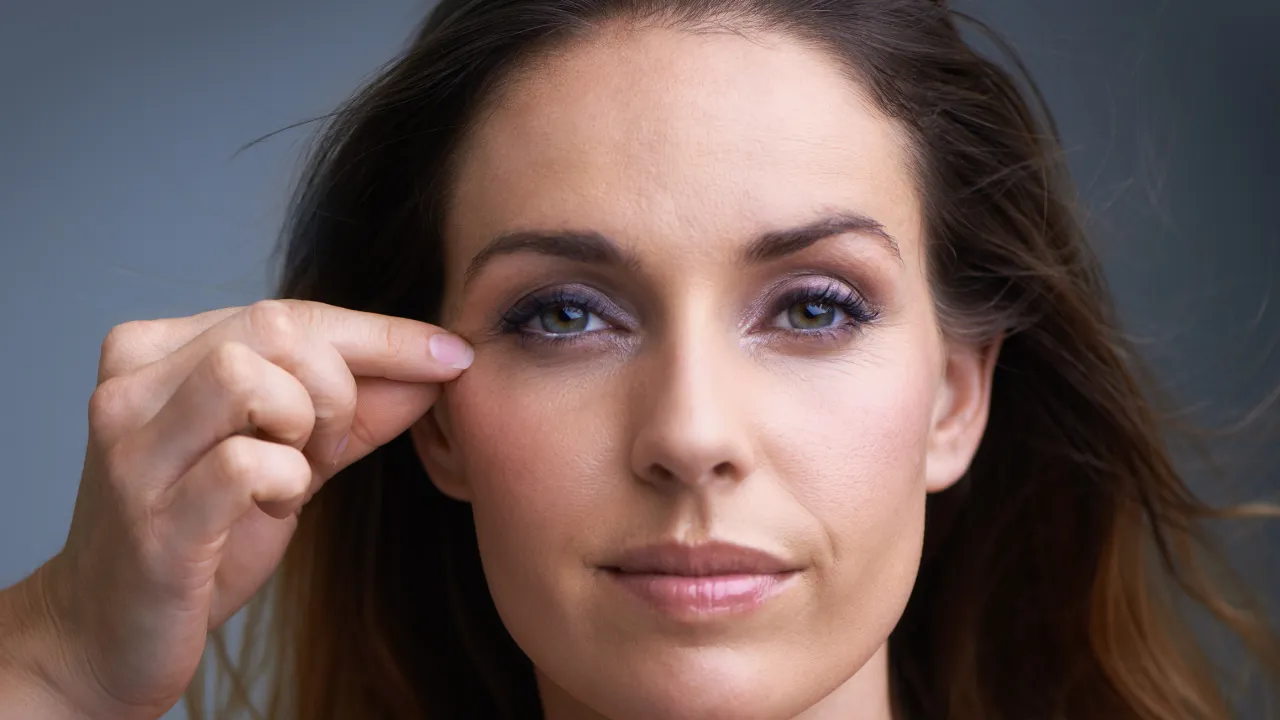Droopy eyelids, also known as ptosis, are more than just a cosmetic concern. When the upper lids begin to sag, they can partially or fully block your field of vision. This issue may interfere with daily tasks like reading or driving. At Kopelman Aesthetic Surgery, Dr. Joel Kopelman offers expert care to treat ptosis and help patients restore both function and confidence.
Table of Contents
ToggleUnderstanding Ptosis and Droopy Eyelids
What Is the Ptosis of the Eyelid?
Droopy eyelids, also known as ptosis, are more than just a cosmetic concern. When the upper lids begin to sag, they can partially or fully block your field of vision. This issue may interfere with daily tasks like reading or driving. At Kopelman Aesthetic Surgery, Dr. Joel Kopelman offers expert care to treat ptosis and help patients restore both function and confidence.
Understanding Ptosis and Droopy Eyelids
What Is Ptosis?
Ptosis of the eyelid refers to a condition in which one or both upper lids droop lower than normal. It can occur at any age and may be present at birth or develop later in life. It often results from weakened eyelid muscles, nerve dysfunction, or trauma. In many cases, it becomes more noticeable due to aging.
Ptosis Eye vs. Saggy or Hooded Eyelids
A “ptosis eye” involves muscle dysfunction that causes the eyelid to hang lower. In contrast, saggy eyelids are usually caused by loose skin or fat. While they may look similar, each condition has a different cause. Understanding this difference is important when exploring how to fix saggy eyelids or determine if a ptosis treatment is needed.
Causes
Ptosis causes include:
- Congenital muscle weakness (common in children with ptosis)
- Nerve injuries
- Eye surgery complications
- Neurological conditions
- Acquired ptosis from trauma or age-related muscle changes
A sudden droopy eyelid may suggest a serious condition, such as nerve damage or stroke. An eye exam can help identify the cause and guide treatment.
How Ptosis Affects Vision and Eye Health
Can Droopy Eyelids Cause Blurred Vision or Eye Strain?
Yes. When the lid covers the pupil, it can blur vision or cause patients to overcompensate by lifting the eyelid manually or tilting their head. These efforts can lead to eye strain, fatigue and neck discomfort.
Can Droopy Eyelids Affect Your Eyesight or Peripheral Vision?
Yes. Droopy upper lids can obstruct the upper part of your visual field, especially when looking up. Some patients instinctively raise the eyelid with their fingers or forehead muscles to see clearly.
Can Hooded Eyelids Cause Vision Problems?
Hooded eyelids are caused by excess skin, often due to aging. If the skin droops low enough to block vision, it can mimic the effects of ptosis. In both cases, treatment may be necessary to improve vision.
When Is Ptosis a Medical Issue?
Symptoms That Require Medical Attention
Signs that suggest more than a cosmetic issue include:
- Obstruction of the visual field
- Increased eye fatigue
- Need to raise the eyelid to see clearly
- Symptoms that worsen as the day progresses
Dry eye may also be a side effect of eyelid malposition, especially when blinking becomes incomplete.
How Ptosis Is Diagnosed
Diagnosing a droopy eyelid involves a physical eye exam and vision tests. An ophthalmologist may:
- Measure the margin reflex distance (MRD1) to see how much the eyelid droops.
- Perform a visual field test to document blocked vision.
- Examine eyelid muscles for weakness or fatigue.
- Order tests to rule out neurological conditions like Horner’s syndrome or myasthenia gravis if symptoms suggest nerve-related issues.
A thorough evaluation helps determine if the eyelid droop is functional, cosmetic, or a sign of something more serious.
How Insurance Covers Eyelid Surgery
Eyelid surgery may be covered when functional impairment is documented. An eye exam that includes a visual field test helps confirm whether the droopy eyelid affects your vision. Cosmetic procedures, on the other hand, are usually not eligible for coverage.
Treatment Options for Droopy or Saggy Eyelids
How to Tighten Droopy Eyelids Without Surgery
Some patients explore non-surgical eyelid lift methods for how to fix saggy eyelids, such as:
- Eyelid tapes to lift the skin
- Prescription eye drops that help elevate the eyelid
- Radiofrequency treatments for mild skin tightening
While these may offer temporary relief, they don’t address the underlying muscle issues.
Surgical Ptosis Treatment and Recovery
To treat ptosis effectively, surgery is often required. This outpatient procedure involves tightening the eyelid muscles to restore proper position and function. Recovery is usually quick, with minimal discomfort and noticeable improvement in vision and appearance.
Blepharoplasty for Ptosis and Saggy Eyelids
Blepharoplasty removes excess skin and fat from the eyelid. It can be combined with muscle tightening if needed. This approach is common in cases where both saggy eyelids and ptosis are present.
How Do I Know If I Need Eyelid Surgery?
Ask yourself:
- Do you need to lift your eyelid to see clearly?
- Are your eyes more tired by the end of the day?
- Has your vision changed due to droopy or saggy lids?
If yes, schedule an evaluation with Dr. Kopelman. A proper eye exam will determine whether surgery is needed and what type of procedure fits best.
Frequently Asked Questions
Can ptosis go away on its own?
In children, mild cases may improve with age. In adults, ptosis usually worsens and requires treatment.
What’s the difference between ptosis and dermatochalasis?
Ptosis is caused by weak muscles. Dermatochalasis refers to excess eyelid skin. Both may look similar but have different treatments.
Are there any risks with ptosis surgery?
Like all outpatient procedures, ptosis repair carries some risks, such as asymmetry, dry eye, or temporary bruising. Choosing a qualified specialist like Dr. Kopelman reduces those risks.
Expert Care with Dr. Joel Kopelman
Why Experience Matters in Eyelid Surgery
Dr. Joel Kopelman has over 35 years of experience in oculoplastic and facial procedures. His expertise ensures safe outcomes, especially outpatient procedures involving delicate eyelid muscles. Whether treating functional droopy eyes or performing cosmetic repairs, Dr. Kopelman helps patients regain comfort, clarity, and confidence.

